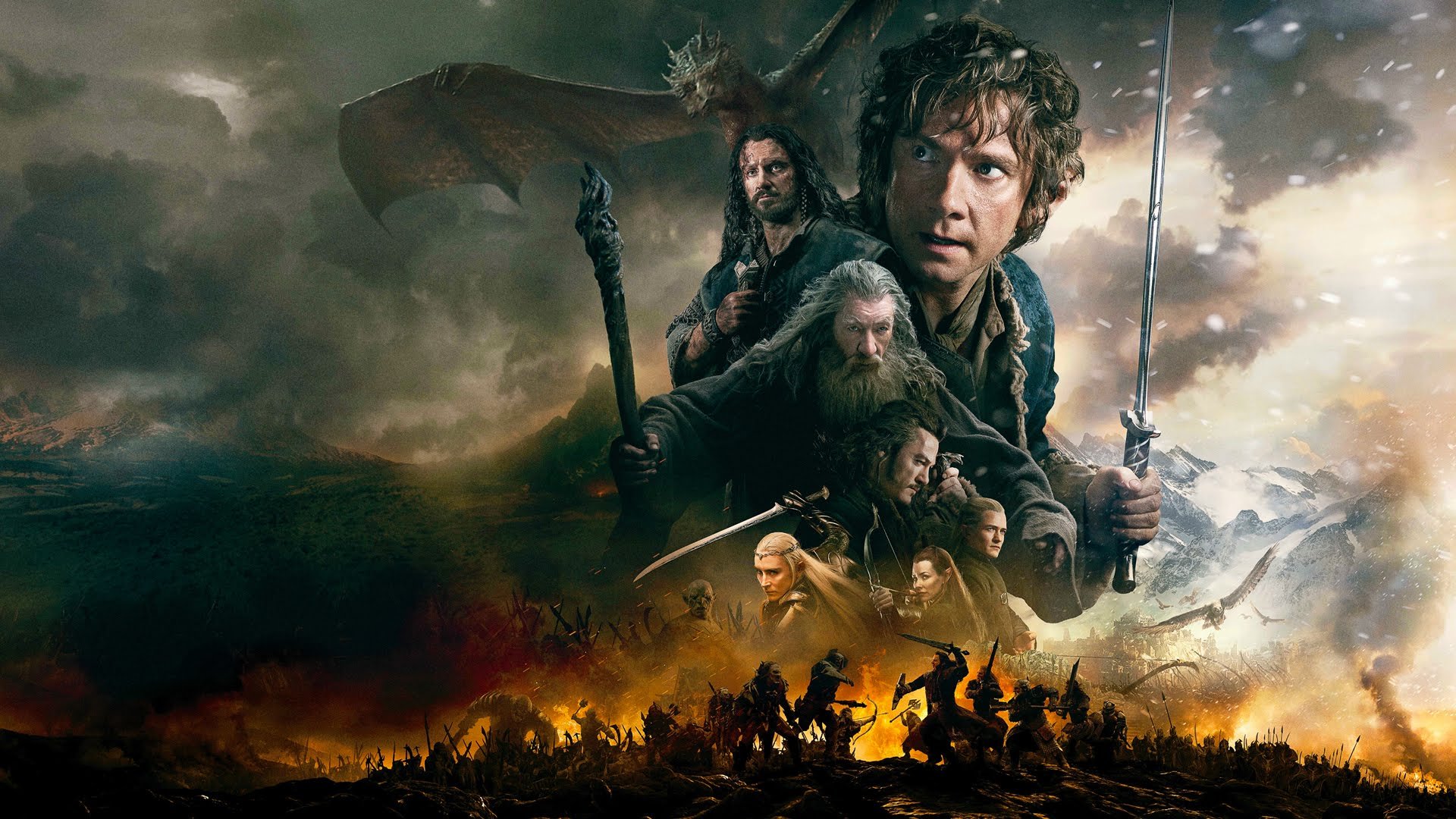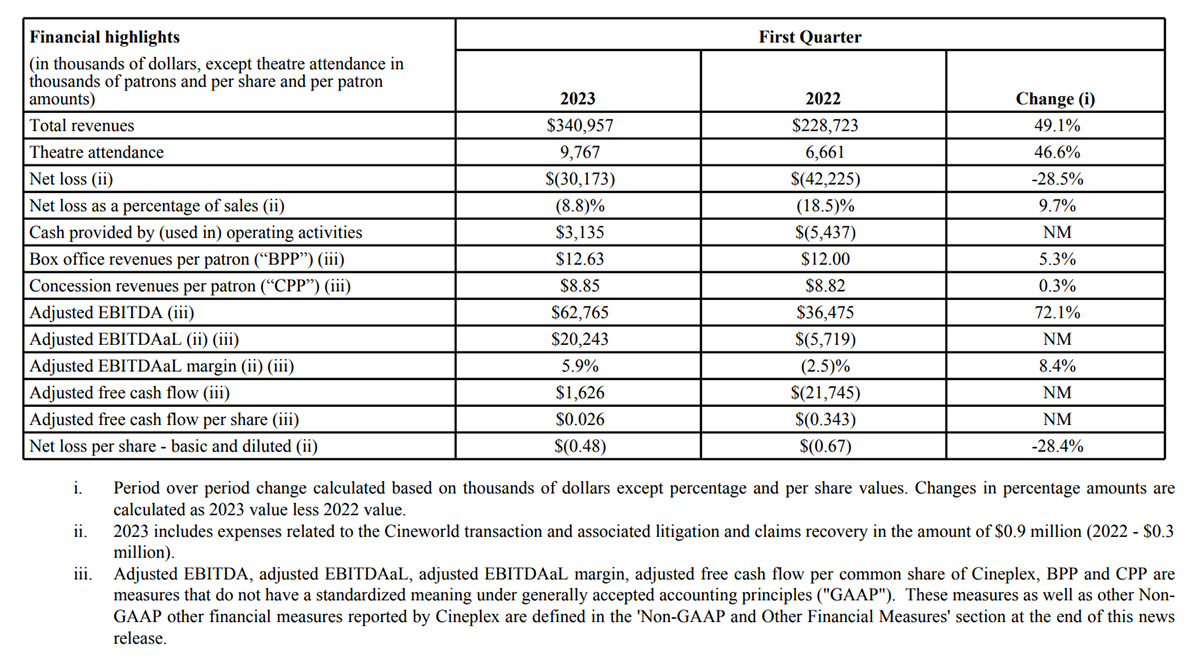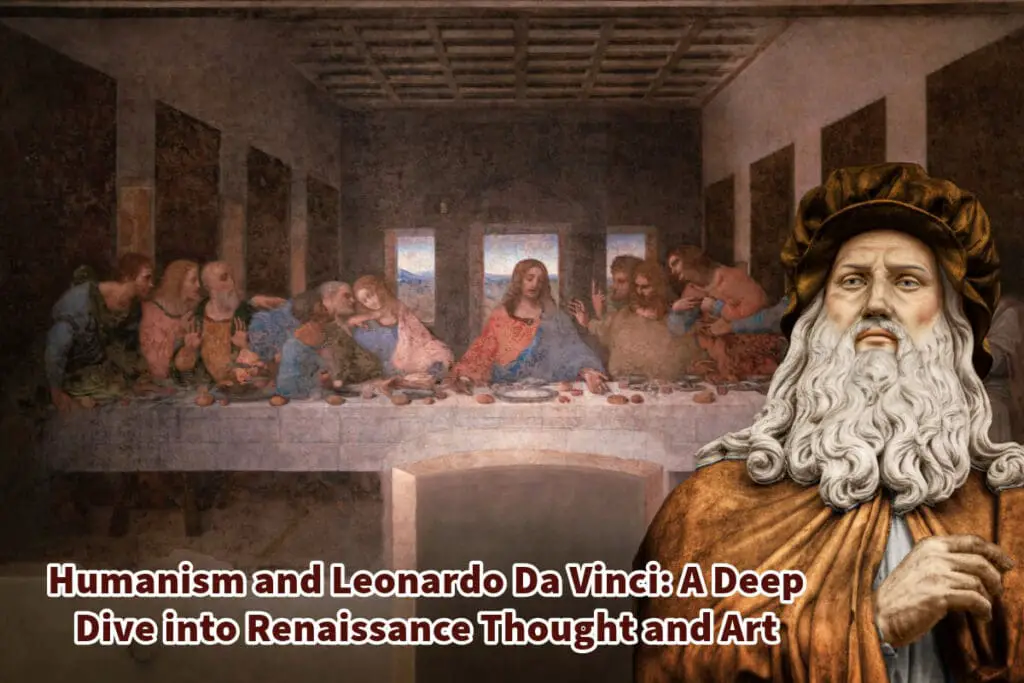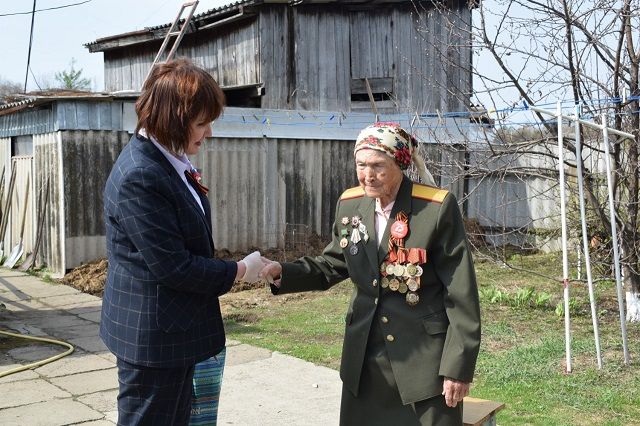Analyzing The Hobbit: The Battle Of The Five Armies: Themes And Symbolism

Table of Contents
The Theme of Greed and its Consequences
The dragon Smaug's insatiable greed is the catalyst for the events leading up to the Battle of the Five Armies. His hoarding of the treasure within Erebor fuels the conflict between the dwarves and the other races vying for the mountain's riches. However, the film explores the insidious nature of greed extending beyond Smaug. Thorin Oakenshield, initially presented as a noble leader, undergoes a dramatic transformation as his obsession with reclaiming Erebor consumes him. His avarice blinds him to reason and jeopardizes the fragile alliances crucial for survival.
- Smaug's hoarding of treasure: Smaug's relentless greed, symbolized by his vast hoard, represents the corrupting influence of unchecked avarice.
- Thorin's obsession with reclaiming Erebor: Thorin's transformation illustrates the destructive power of greed, turning a once-noble leader into a paranoid and tyrannical figure.
- The conflict between the dwarves and men over the spoils of war: The conflict between the dwarves and men over the treasure highlights the devastating consequences of greed and its ability to fracture even the strongest alliances.
The scene where Thorin refuses to share the treasure, even with those who risked their lives to help him reclaim it, perfectly illustrates the debilitating effects of his all-consuming greed. This mirrors the wider theme of the corrupting influence of power and wealth, a recurring motif throughout Tolkien's legendarium.
The Power of Loyalty and Friendship
Amidst the chaos and carnage of the Battle of the Five Armies, the unwavering bonds of loyalty and friendship stand out as beacons of hope. The relationship between Bilbo Baggins, Gandalf, and the dwarves is central to the film's narrative, demonstrating the power of these connections in overcoming seemingly insurmountable odds. Their journey together tests these bonds, pushing them to their limits but ultimately strengthening their resolve.
- Bilbo's unwavering support for Thorin despite his flaws: Bilbo's loyalty to Thorin, even amidst Thorin's descent into madness, showcases the enduring power of compassion and friendship.
- The dwarves' loyalty to Thorin, even amidst internal conflicts: Despite the internal struggles within the dwarven company, their overall loyalty to Thorin underscores the strength of their shared history and brotherhood.
- The unexpected alliances forged during the battle: The formation of unexpected alliances during the battle – between dwarves, elves, men, and even Beorn – highlights the potential for unity and cooperation even amidst profound differences.
The scene where Bilbo risks his own life to help Thorin underscores the depth of their unlikely friendship, born amidst adversity and strengthened through shared experiences. This contrasts sharply with the selfish motivations driving the other armies involved in the Battle of the Five Armies.
Symbolism of the Battle Itself
The Battle of the Five Armies is not merely a spectacular display of combat; it is a powerful symbol of broader conflicts. The clash between the five armies – dwarves, elves, men, goblins, and wargs – represents a microcosm of the larger struggles between greed and generosity, good and evil, and the various ideologies that shape the world of Middle-earth.
- The mountain as a symbol of power and wealth: Erebor, the Lonely Mountain, symbolizes the allure and danger of immense power and wealth, a temptation that corrupts even the noblest hearts.
- The different armies as representations of conflicting ideologies: Each army embodies different ideologies and motivations, highlighting the complex nature of conflict and the blurred lines between good and evil.
- The ultimate outcome of the battle as a reflection of the film's themes: The battle's outcome underscores the film's themes of sacrifice, redemption, and the ultimate triumph of hope over despair.
The setting itself, Erebor, plays a crucial symbolic role. Its towering presence signifies the immense power and wealth at stake, fueling the greed and conflict that drive the narrative. The battle's culmination acts as a powerful allegory for the enduring struggle between opposing forces within the human condition itself.
The Importance of Sacrifice and Redemption
Sacrifice and redemption are intertwined throughout The Hobbit: The Battle of the Five Armies. Numerous characters make profound sacrifices, often leading to their own redemption or the redemption of others. Thorin's transformation from a greedy and isolated king to a self-sacrificing leader who redeems himself through his final act of bravery is a central theme.
- Thorin's final act of self-sacrifice: Thorin's courageous decision to defend his people, ultimately sacrificing his own life, represents the ultimate act of redemption.
- Bilbo's role in fostering reconciliation: Bilbo plays a crucial role in brokering peace between the warring factions, demonstrating the power of compassion and understanding.
- The impact of the battle on the characters' futures: The Battle of Five Armies profoundly affects the lives of all involved, shaping their future paths and destinies.
The film subtly highlights the complex relationship between sacrifice and redemption. Characters must often confront their flaws and make significant sacrifices to find redemption and achieve inner peace, showing that even amidst the most destructive conflicts, hope and transformation are still possible.
Conclusion
In conclusion, The Hobbit: The Battle of the Five Armies themes and symbolism are deeply interwoven, creating a rich tapestry of meaning that goes beyond the spectacular battle sequences. The exploration of greed, loyalty, the symbolic weight of the battle itself, and the transformative power of sacrifice and redemption all contribute to the film's profound message. By analyzing these elements, we gain a deeper appreciation for the film's narrative complexity and lasting impact. Continue exploring the profound themes and rich symbolism of The Hobbit: The Battle of the Five Armies by revisiting the film and sharing your thoughts below!

Featured Posts
-
 Cineplex Reports First Quarter Loss Amidst Falling Theatre Attendance
May 13, 2025
Cineplex Reports First Quarter Loss Amidst Falling Theatre Attendance
May 13, 2025 -
 Texas Rangers 2025 Season Complete Guide To Watching Every Game
May 13, 2025
Texas Rangers 2025 Season Complete Guide To Watching Every Game
May 13, 2025 -
 The Da Vinci Code A Deep Dive Into Dan Browns Bestseller
May 13, 2025
The Da Vinci Code A Deep Dive Into Dan Browns Bestseller
May 13, 2025 -
 Cybersecurity Investment 63 5 Of Manufacturers Prioritize Strengthening Posture
May 13, 2025
Cybersecurity Investment 63 5 Of Manufacturers Prioritize Strengthening Posture
May 13, 2025 -
 Vyplaty Veteranam Velikoy Otechestvennoy Voyny V Eao
May 13, 2025
Vyplaty Veteranam Velikoy Otechestvennoy Voyny V Eao
May 13, 2025
